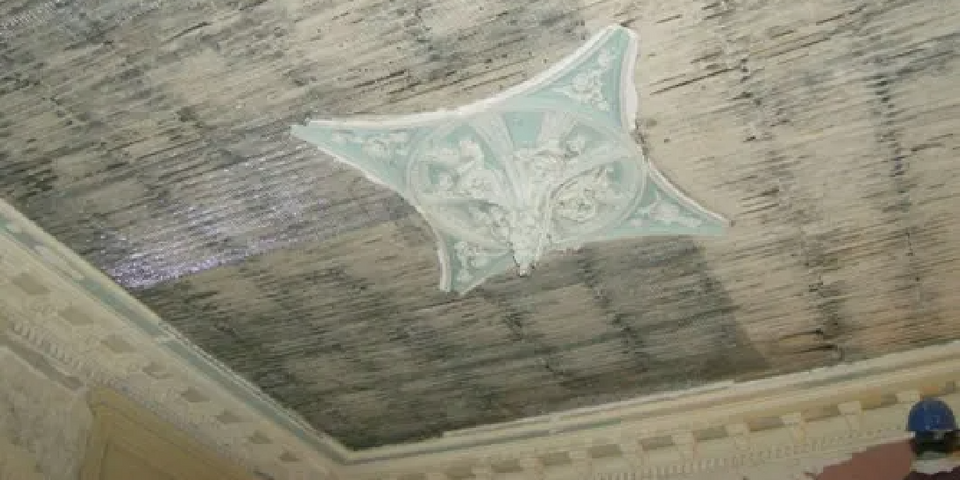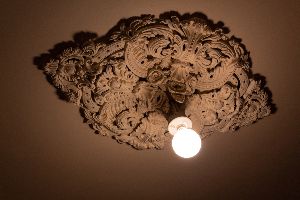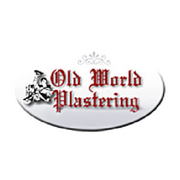
If you've ever spent time in a Victorian home or historic public building, you may have noticed many of the intricate ornamental designs in the architecture. For instance, medallions are circular, decorative features used to dress up a ceiling, and they're often used to surround a lighting fixture and create a focal point in a room. If you've ever marveled at one of these lovely plaster details, the following guide outlines a bit of brief history behind them.
How Did Ceiling Medallions Become Popular?
Origins
Ceiling medallions have been around since the 1700s, although the earliest examples were more functional and less about ornamental design. Preindustrial lighting fixtures involved the burning of wax, whale oil, or paraffin, which produced smoke that accumulated as soot on the ceiling above. Ceiling medallions—3D sculpted plaster decorations—were created onsite and installed to help disguise soot buildup. They were often a simple series of concentric circles mounted around the fixture.
Victorian Era

During the Victorian Era, from the 1840s to Queen Victoria's death in 1901, ornamental design became more intricate and elaborate. Furniture included scrollwork carved into the wood, fancy wallpaper became ubiquitous, and exterior housing details included spindlework, gables, and stained glass.
Ceiling medallions also grew larger and more ornate, and many designs from this area were 8-10 feet in diameter and featured leaves, vines, and berries. During the late 1800s, manufacturers started mass-producing them in tin or cast plaster.
Modern Era
Intricate interior and architectural design fell out of fashion during the 20th century, and the invention of electric lights eliminated the functional need for ceiling medallions. However, the popularity of buying and renovating old homes means replacement medallions are still needed when the originals are damaged or missing. Today, you can buy them readymade out of fiberglass in almost any size you like and in countless designs. If you're restoring a property, professional plaster contractors can bring medallions back to life and ensure they create a beautiful centerpiece in your home or building.
If you need ornamental design or plastering services, reach out to the experts at Old World Plastering in Pleasant Run, OH. They are known for providing traditional, handcrafted quality details with the use of modern technology. They specialize in stucco and plaster repair, statue restoration, and historic preservation and serve clients throughout Cincinnati and the Tri-State area. Owner Greg Colina oversees all projects to ensure they turn out beautifully. Learn more about the company online, or call (513) 481-1122 to discuss ornamental design service and restoration.
About the Business
Have a question? Ask the experts!
Send your question

